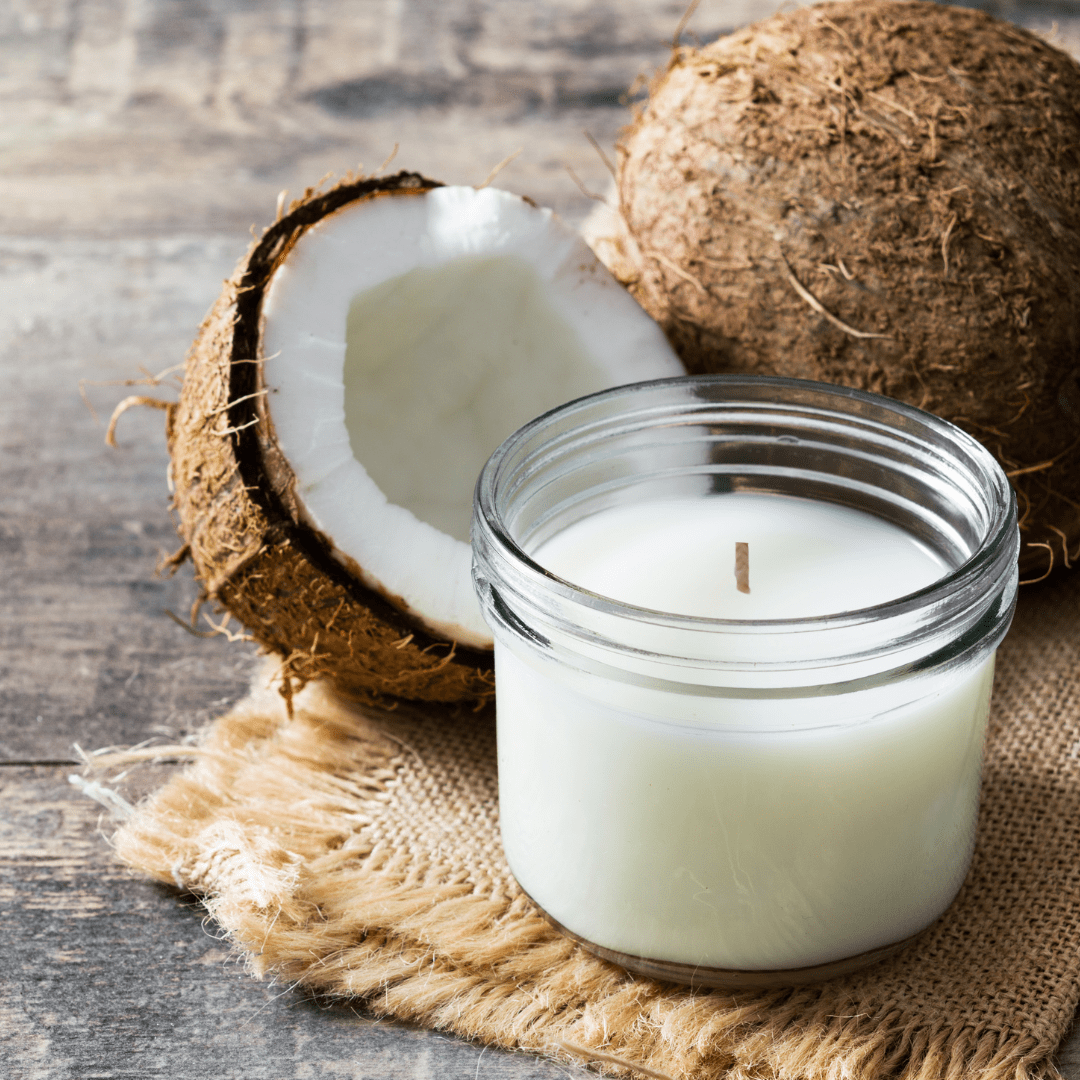From Wick to Wax: Comprehending the Chemistry Behind Soy Wax Candles and Their Ecological Impact
As we illuminate our areas with the cozy glow of candle lights, there exists a world of complex chemistry behind the seemingly simple act of lighting a soy wax candle light. The choice between soy and paraffin wax expands beyond plain visual appeals, delving right into the world of ecological influence and the really composition of the products. Comprehending the molecular framework of soy wax and its combustion procedure clarifies the exhausts launched into our surroundings. Join us as we decipher the clinical ins and outs behind soy wax candles and explore their effects on our setting.
Soy Wax Vs. Paraffin Wax
When contrasting soy wax and paraffin wax for candle production, it is vital to comprehend the unique features and advantages of each product. Soy wax is a natural, eco-friendly resource stemmed from soybean oil, making it environment-friendly and biodegradable - home fragrance. On the other hand, paraffin wax is a byproduct of petroleum refining, which elevates worries concerning its ecological impact and sustainability
Soy wax candle lights burn cleaner and discharge much less soot compared to paraffin wax candles, making them a healthier option for interior air quality. Furthermore, soy wax has a reduced melting point, allowing for a longer-lasting candle light that distributes scent better. Paraffin wax, on the other hand, has a tendency to burn faster and much less easily, possibly releasing dangerous chemicals right into the air.
From a sustainability point of view, soy wax is preferred for its biodegradability and eco-friendly sourcing, straightening with the growing consumer preference for ecologically aware items. While paraffin wax has actually been a conventional option in candle making as a result of its affordability and simplicity of use, the change in the direction of eco-friendly choices like soy wax is getting momentum in the sector.
Chemical Make-up of Soy Wax

Combustion Refine in Soy Candles
The chemical structure of soy wax directly influences the burning process in soy candle lights, impacting factors such as shed time, scent launch, and ecological impact. When a soy candle is lit, the warmth from the flame thaws the wax near the wick. This fluid wax is then prepared the wick due to capillary activity. As the fluid wax gets to the fire, it evaporates and undertakes combustion. The combustion procedure entails the vaporized hydrocarbons in the wax reacting with oxygen airborne to produce warm, light, water vapor, and co2.
The combustion performance of soy candle lights is affected by the pureness of the soy wax and the top quality of the wick. In addition, soy wax candle lights have a lower environmental influence compared to paraffin candles due to their renewable and naturally degradable nature.

Environmental Benefits of Soy Wax

Considered a sustainable choice to typical paraffin wax, soy wax provides significant ecological benefits that make it a prominent option amongst eco-conscious consumers. One considerable benefit of soy wax is its sustainable sourcing. Soy wax is stemmed from soybean oil, which is primarily grown in the United States. The farming of soybeans aids sustain local farmers and minimizes the dependency on non-renewable nonrenewable fuel sources used in paraffin wax manufacturing. In addition, soy wax is biodegradable, suggesting it damages down naturally without launching hazardous toxic substances into the environment. This particular makes soy wax candle lights a much more ecologically pleasant choice compared to paraffin wax candle lights, which are made from petroleum, a non-renewable source. Soy wax burns cleaner and generates much less residue than paraffin wax, contributing to better interior air high quality and minimizing the need for cleansing and maintenance. In general, the ecological advantages of soy wax straighten with the growing need for eco-friendly and lasting items in the market.
Recycling and Disposal Factors To Consider
Recycling and appropriate disposal of soy wax candles play an essential role in keeping environmental sustainability and reducing waste in neighborhoods and families. When it comes to recycling soy wax candle lights, the very first action find more information is to guarantee that the candle has shed completely.

In regards to disposal, if recycling is not an option, soy wax candle lights are biodegradable and can be safely dealt with in the majority of family waste systems. It is constantly recommended to inspect with local recycling centers or waste management services for details standards on candle light disposal to make sure correct handling and ecological protection.
Final Thought
Finally, the chemistry behind soy wax candles reveals their environmental advantages over paraffin wax candle lights. Soy wax, derived from soybean oil, burns cleaner and creates much less soot when compared to paraffin wax. The combustion process in soy candles is more efficient, leading to a much longer and much more even shed. navigate to this site Furthermore, soy wax is renewable and naturally degradable, making it a much more lasting option for candle manufacturing. Reusing and proper disposal of soy wax candle lights further add to their environmental influence.
When contrasting soy wax and paraffin wax for candle production, it is essential to recognize the unique attributes and benefits of each material (soy candles).Soy wax candles burn cleaner and send out much less residue contrasted to paraffin wax candles, making them a healthier selection for indoor air quality.Taken into consideration a sustainable option to traditional paraffin wax, soy wax uses notable ecological benefits that make it a preferred choice amongst eco-conscious customers. Soy wax burns cleaner and produces much less residue than paraffin wax, adding to far better interior air quality and reducing the need for cleaning and upkeep.In link final thought, the chemistry behind soy wax candle lights exposes their ecological benefits over paraffin wax candle lights
Comments on “Brighten Your Environment with Crystal Soy Candles and Home Fragrance”